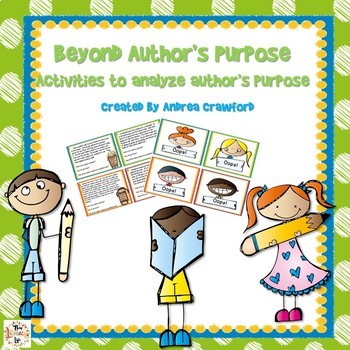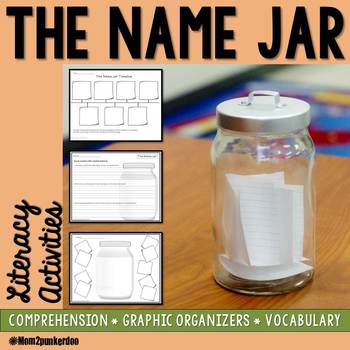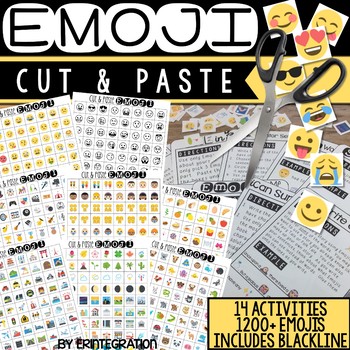Hello! It's Nicole from Learning Lab again!
Here are some tips on how to make your co-teaching relationship a successful one!
It takes time to develop a rapport. Get to know your partner over the summer, if possible. Attend
trainings together. Go out for lunch and chat about your family, interests, likes, and dislikes. The trust
built over the summer will make the entire year run more smoothly.
Think about the general education teacher as the curriculum specialist. Chances are, they are more familiar with the grade-level curriculum and expectations. The special education teacher is the modifications expert. They will have great ideas of how to modify the classroom environment and assignments to fit the various needs of the classroom.
Each of you brings great things to the classroom. You each have different experiences and training
that has gotten you to this point in your career. You may be used to doing things differently than
before you started co-teaching. Just like in a marriage, your co-teaching relationship is a give and
take. You will learn a lot and gain a lot if you are open-minded.
Whether you share one space or you each have your own “home base”, it is important for both of
you to truly feel at home in each space. Within the main classroom, you each should have a desk or
other personal space. The classroom signs should include each of your names. My classroom signs
always include the names of both teachers, all of the teaching assistants,
and all of the related service providers that play an active role in our classroom. It is important for everybody to feel a part of the team. To avoid using the terms “my room” and “your room”, I named my assigned room the “Learning Lab” and refer to the co-teaching classroom as just our “Classroom”. When you split up into groups, it might be a good idea alternate which teacher leaves to use the other space.
and all of the related service providers that play an active role in our classroom. It is important for everybody to feel a part of the team. To avoid using the terms “my room” and “your room”, I named my assigned room the “Learning Lab” and refer to the co-teaching classroom as just our “Classroom”. When you split up into groups, it might be a good idea alternate which teacher leaves to use the other space.
Banish the phrases “your kids” and “my kids” and replace it with our kids. Both of you are equally
responsible for the students assigned to your classroom. Your students should not feel a sense of
belonging to one teacher over the other. When you split into groups or assist 1:1, alternate which
teacher works with the different levels of kids. The same goes for working with parents.
Communication should come from both of you.
Just like in a marriage, you need to appear to be united. You might not always agree with the other
teacher, but it is important to put on a united front and then speak about those differences in
private. You always need to back each other up and also support your paraprofessionals as well.
Your students will pick up on any disconnect between you and will try to use that to their advantage.
Always speak positively about your partner. You need to work together for at least the entire
school year so your relationship needs to be strong. The staff lunch room is not a place to talk
about your issues. If you do not have anything nice to say, do not say anything at all.
A few years ago, a friend of mine was having some trouble within her classroom. Her team of paraprofessionals were disjointed and often went against each other in front of the students. She reached out for some advice and it inspired me to create a product geared towards helping classrooms with multiple adults to work together collaboratively in harmony. I have found it quite useful in my own classroom which has four paraprofessionals.
A few years ago, a friend of mine was having some trouble within her classroom. Her team of paraprofessionals were disjointed and often went against each other in front of the students. She reached out for some advice and it inspired me to create a product geared towards helping classrooms with multiple adults to work together collaboratively in harmony. I have found it quite useful in my own classroom which has four paraprofessionals.
Whether you are new to co-teaching, new
to your partner, or have been paired up for years, I hope you find
this these tips helpful.
If you want more information about co-teaching, you can find just about everything you need in my Ultimate Co-Teaching Start-Up Kit.
If you want more information about co-teaching, you can find just about everything you need in my Ultimate Co-Teaching Start-Up Kit.
Thank you for stopping by Classroom Tested Resources today! For more ideas, stop by my blog, Learning Lab, or follow me on Instagram (@Learning_Lab). Instagram is my favorite way to share quick ideas!
See you again next month!




















































0 comments:
Post a Comment